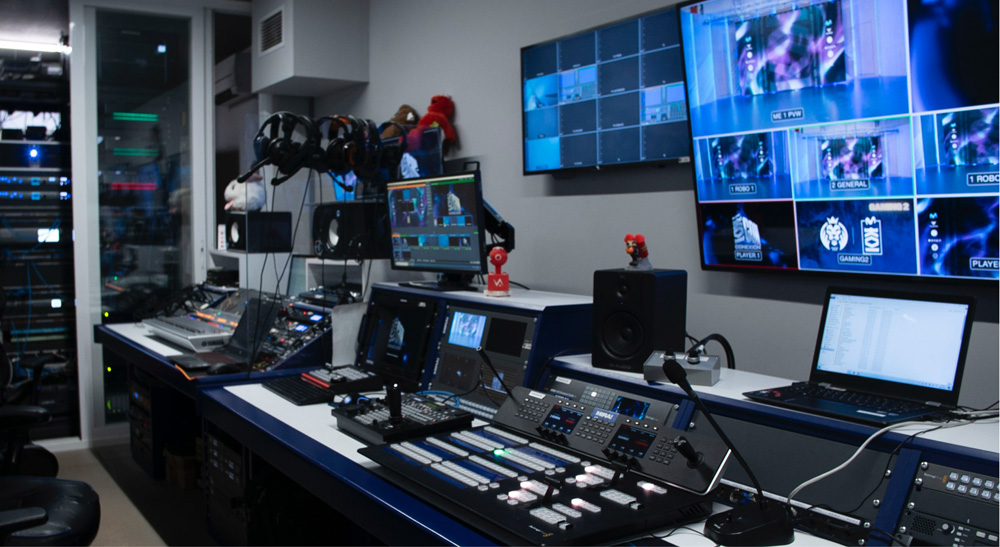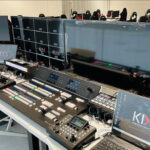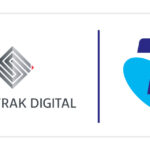Mira! Broadcast produced this year’s League of Legends and Valorant Grand Finals streams using a live production workflow featuring the ATEM 4 M/E Constellation HD live production switcher, Blackmagic URSA Broadcast G2 cameras, and Blackmagic Replay solution.
Madrid based Mira! Broadcast is renowned for delivering worldclass tournaments. It is also the technical powerhouse behind Movistar KOI, an esports team formed following a strategic partnership between Movistar Riders and KOI, backed by Ibai Llanos and Gerard Piqué.
Hosted at the Madrid in Game campus, the Grand Finals are among the most highly anticipated events for fans, and producing this tournament presented a number of challenges for Mira! Broadcast.
“We were working with a huge number of video inputs, including player gameplay, live audience reactions, caster commentary, and Vtuber content, while also managing dynamic graphics in real time,” explains Jesús De Lucas, technical manager at Mira! Broadcast.
Each final featured two teams of five competing on high performance PCs, with the main broadcast produced from the campus’ master control room (MCR).
With the MCR built around an ATEM 4 M/E Constellation HD, live vision mixing relied on an ATEM 2 M/E Advanced Panel 20. “The switcher’s ability to handle multiple simultaneous game feeds, without having to worry about resolution or frame rate, makes it the ideal tool for complex and fast paced tournaments like this,” details De Lucas.
He adds, “Additionally, the ATEM Constellation’s SuperSource enabled split screens and picture in picture layouts, while customizable keying capabilities and macros allowed us to quickly take advantage of the unexpected moments.”
All incoming feeds were routed through a Blackmagic Videohub 40×40 12G router located in the gallery’s vision rack while a Blackmagic Videohub 20×20 12G router was used to distribute live feeds across the venue to auxiliary screens, VIP zones, and the audience seating areas.
A robust backup workflow, including dual stream encoding and redundant internet, complemented the MCR to allow for contingencies. An ATEM SDI Extreme ISO live production switcher served as a secondary unit, primarily handling an alternative feed for casters and analysis desk coverage if issues arose, according to De Lucas.
For replay, the team built a Blackmagic Replay solution using multiple HyperDeck Studio HD Plus broadcast decks to record SDI camera feeds and esports gameplay directly to a Blackmagic Cloud Store Max network storage solution. “A 10GbE switch connected the HyperDecks and Cloud Store hardware for low latency recording and playback, ensuring replay clips were instantly accessible for playout,” De Lucas notes.
The replay operator used a DaVinci Resolve Replay Editor panel to mark key moments and then clips could be trimmed, slowed down, or re cued. “Selected replays were then sent from DaVinci Resolve to the ATEM switcher, with an UltraStudio 4K Mini used for playout purposes,” explains De Lucas.
The tournament broadcast was produced and streamed in 1080p at 50 frames per second.
For almost a decade, Mira! Broadcast has relied on Blackmagic Design to navigate the challenges of esports production. “As events become more complex, Blackmagic’s ecosystem has allowed us to scale from small pop up venues to arenas,” concludes De Lucas.





